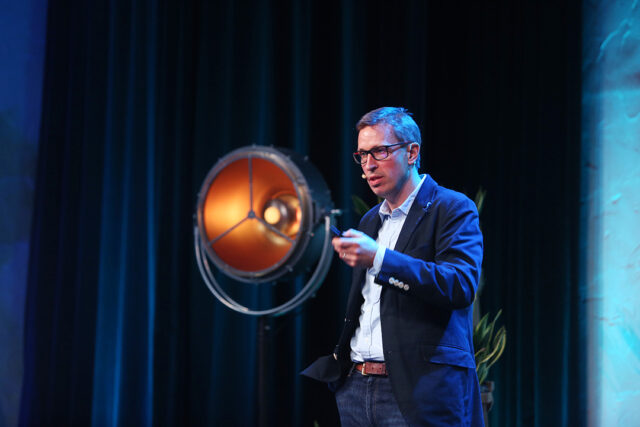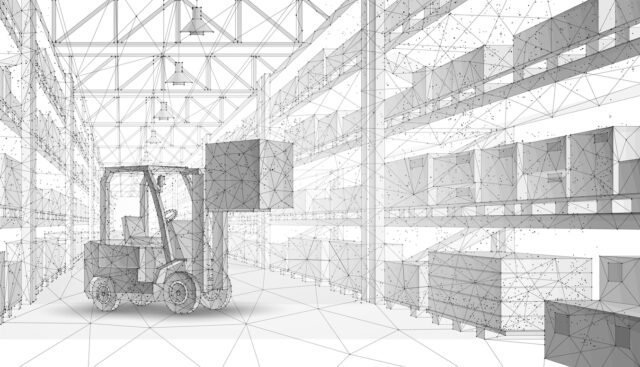Supply chain teams in 2024 are under an increasing amount of pressure from multiple, often conflicting, directions.
Continued focus on sustainability and other ESG criteria is clashing with rising logistics costs, shipping delays, and pressure to cut costs. At the same time, the skills shortage continues to reduce employee headcounts while workloads are on the rise.
As a result, supply chain management capabilities across many organisations are starting to show signs of the strain.
“Existing planning capabilities have been unable to meet the demands of a more complex, multi-tiered, more nuanced world,” note KPMG analysts in a recent report. As a result, they argue that “few companies” with large, complex supply chains have enough visibility into the consequences of their actions. Without the ability to “run effective scenario analysis to determine the financial consequences of important decisions,” supply chain leaders are increasingly working in the dark.
However, a new crop of solutions powered by artificial intelligence (AI) may offer a solution to a shortage of supply chain hands: low and no-touch supply chain planning.
Low and no-touch supply chain planning enabled by AI
AI-powered apps are increasingly being used to automate both sales and operational planning and integrated business planning. These applications KPMG notes, could be the answer to the question of how to bridge the “gap between supply chain planning and execution.”
Low-touch planning can streamline processes and harness advanced analytics to tackle complex issues with minimal human input, taking “large swaths of manual work out of the end-to-end planning process.”
AI’s ability to analyse large, disorganised data sets at scale is pivotal here. The technology is especially good at spotting anomalies and patterns that could indicate future disruptions, and offering potential solutions quickly.
Successfully implementing a no-touch supply chain planning model requires a combination of detailed analytics, transparent tracking via an application or dashboard, granular and trustworthy data, and standardised procedures across the supply chain. The process also requires a degree of trust and cultural transformation. Experienced teams may initially resist relinquishing many activities traditionally seen as core to supply chain management to digital tools.
McKinsey advises that the best way to manage this shift is to implement a “two-speed IT architecture.” The first is a fast-paced ‘test-and-learn’ environment suitable for rapid prototyping and iterative development. The company then buillds this on top of their existing technology stack.
Users can then develop rapidly, test, and refine new approaches before implementing them in the existing stack. Once new solutions are proven effective, they are migrated to the main technology stack.
If successfully implemented, a low or no-touch method can help supply chains manage industry pain points, optimise processes, and create lasting resilience.
- AI in Supply Chain
- Collaboration & Optimization










